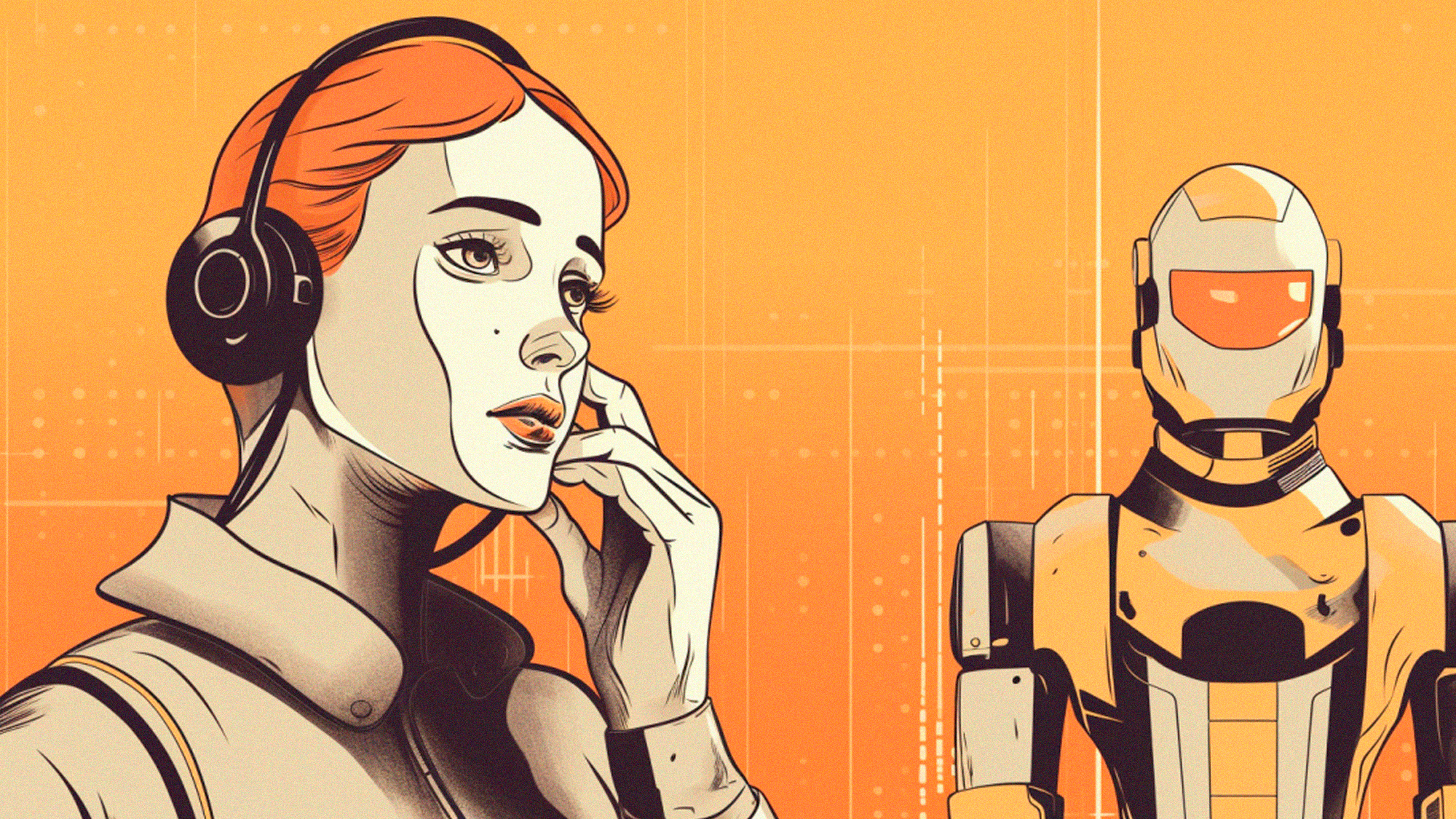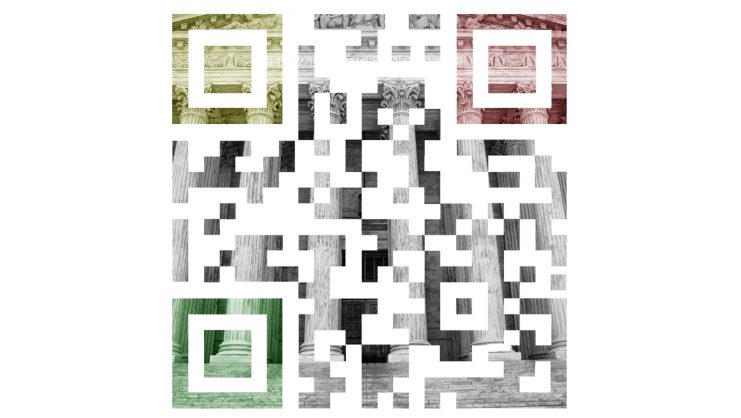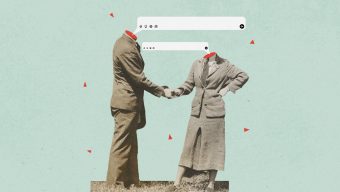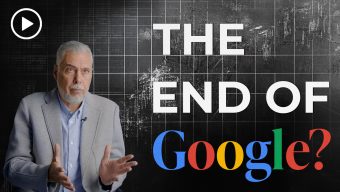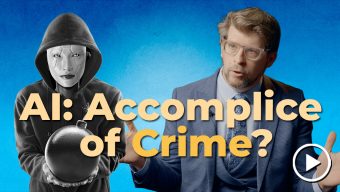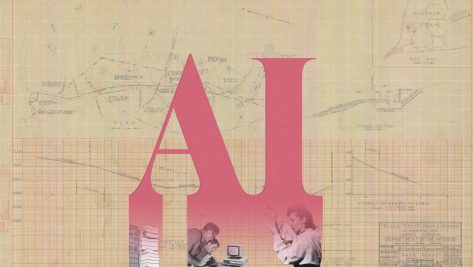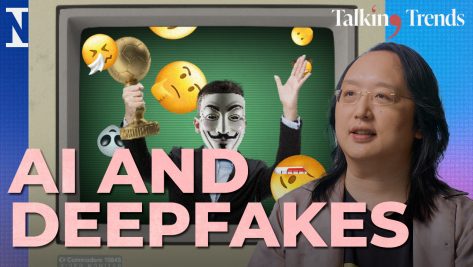Jack Welch, the veteran former CEO of General Electric, once commented that you don’t know if you have a great company until it’s gone through a near-death experience. What is called the “fourth industrial revolution” is in full swing and its potential impact on the labor market reminds us of Welch’s maxim. Once again, however, history comes to the rescue by furnishing us with helpful examples. Let’s look at what “technological unemployment” is, what drives it, what lessons history can teach us, and then draw a conclusion.
In his 1930 essay “Economic Possibilities for our Grandchildren”, Keynes introduced the concept of “technological unemployment” (although he didn’t call it that). The British economist saw technological disruption as having the virtue of generating new jobs, the “vice” of destroying other jobs, and also the potential to boost productivity which would mean we worked less (he predicted a fifteen-hour working week, something he clearly got wrong). In his essay Keynes ventured that although in the medium term the creation of new jobs would offset the destruction of others, in between there might be some friction in which job destruction was temporarily higher than job creation and consequently some groups of workers would be hit by unemployment.
When we look at the emergence of the fourth industrial revolution as technological disruption, there are several areas that once again raise the alarm bells that Keynes sounded. In particular, the impact of artificial intelligence, whether in its new formulation as generative AI, based on large language models, in its ChatGPT-style expressions or in its other variants involving task automation, the influence of robotization and the advent of autonomous vehicles (especially trucks) will have far-reaching consequences for the employment market.
Jobs will be destroyed gradually rather than suddenly.
This “alarm” is not just a possibility – it is now a reality. For example, the United States shed six million manufacturing jobs between 2000 and 2020. Contrary to claims, the “culprit” has not been China’s accession to the World Trade Organization (only one of the six million is associated with Chinese trade) but rather manufacturing process automation.
Academic studies unpacking the impact of automation, especially of the first factor (artificial intelligence), on the labor market try to break down the tasks in occupations so as to identify the ones which can be automated. We all perform tasks in our daily lives which could be automated. The fact that a task will be carried out by a machine in the future should not be a bad thing in itself. Tomorrow it will free up our time, time which we can spend on other, more creative pursuits. However, studies warn that occupations where more than half of their tasks could be automated are likely to die out. Albeit with significant differences in methods, they generally conclude that one in four jobs might “disappear.” Often the headlines are “scary.” Nevertheless, jobs will be destroyed gradually rather than suddenly and new ones will also slowly but surely emerge, although this creative destruction also results in groups that will find it more difficult to match the new skills in demand.
The concern prompted by this state of affairs makes it important once again to draw on history. With the first industrial revolution came the Luddites, groups of workers who in response to the threat posed to craftsmanship by process mechanization turned to terrorism against factories. This was so widespread that in 1810 the British Parliament introduced the death penalty for attacks on production facilities and the government had to commit large numbers of Redcoats to counter the Luddites at a time when it was also fighting Napoleon in Spain. Yet in spite of the threat of factories, unemployment went back to normal. The advent of the tractor in the early 20th century triggered a similar scare in economies where farming accounted for almost half the workforce (Europe and the US). It did destroy many agricultural jobs as productivity rose, but many new jobs were also created, first in industry and later in the service sector. The computer revolution in the 1960s engendered a similar process.
What lessons does the history of these three episodes hold for us? Firstly, the fears were relatively unfounded. Unemployment rates in the OECD today are the lowest on record. Secondly, technological revolutions led to educational revolutions: mass primary schooling was introduced during the first industrial revolution (children were no longer needed in craft workshops), mass secondary schooling with the agricultural revolution (young people were no longer needed on farms) and mass access to university for young people with the computer revolution. In my view, this time round the fourth industrial revolution will bring with it another educational revolution: lifelong learning. The challenges and opportunities shaped by technological developments will compel us to approach education as an ongoing process so that we can cope with the sweeping changes which are set to unfold in the labor market.
As Mark Twain once said: “It ain’t what you don’t know that gets you into trouble. It’s what you know for sure that just ain’t so.”
This article was originally published in Spanish in El Confidencial.
© IE Insights.



